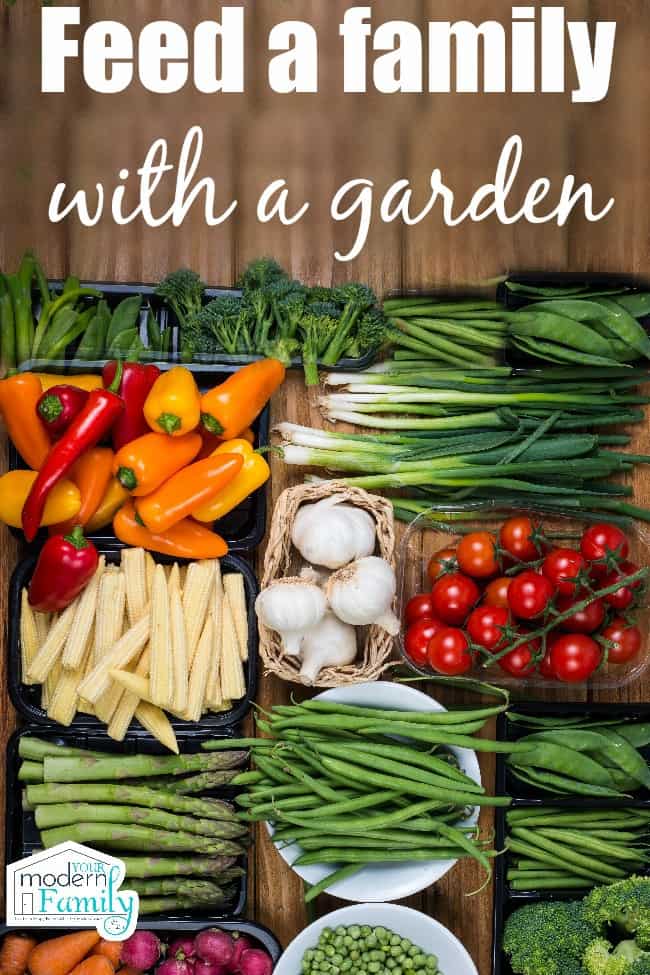Introduction
Growing your own garden to feed your family is more than a hobby—it’s a sustainable lifestyle choice that promotes health, savings, and environmental stewardship. With increasing awareness of food origins and the desire for fresh, organic produce, more households are turning to home gardening. This article explores practical strategies to grow a garden that effectively feeds your family, offering expert advice, actionable tips, and proven methods to maximize yield and nutrition.
Why Grow a Garden to Feed Your Family?
Growing your own food has numerous benefits beyond just fresh produce:
- Healthier eating: Homegrown vegetables and fruits are fresher and richer in nutrients.
- Cost savings: Reducing grocery bills by producing staple foods at home.
- Environmental impact: Lower carbon footprint by minimizing transport and packaging.
- Educational value: Gardening teaches children valuable skills and responsibility.
According to the National Gardening Association, 35% of American households engaged in food gardening during 2020, reflecting a growing trend toward self-sufficiency and wellness.
Planning Your Garden for Maximum Family Nutrition
Assess Your Space and Climate
Understand your available growing area and local climate zone. This helps select crops that thrive in your environment, ensuring a bountiful harvest. Use tools like the USDA Plant Hardiness Zone Map to identify your zone.
Choose High-Yield, Nutritious Crops
Focus on vegetables and fruits that provide high nutritional value and substantial yields per square foot. Examples include:
- Leafy greens like spinach and kale (rich in vitamins A, C, and K)
- Tomatoes and peppers (high in antioxidants)
- Root vegetables such as carrots and beets (fiber and minerals)
- Beans and peas (protein and fiber)
Plan for Year-Round Growth
Implement succession planting and crop rotation to extend harvest periods. Consider cold frames or hoop houses to grow vegetables beyond the typical season.
Essential Gardening Techniques to Boost Yield
Soil Preparation and Fertility
Healthy soil is the cornerstone of a productive garden. Test soil pH and nutrient levels using home kits or professional services. Amend soil with organic matter such as compost or aged manure to improve texture and nutrient content.
Efficient Watering Practices
Use drip irrigation or soaker hoses to deliver water directly to roots, reducing waste and disease risk. Mulching conserves moisture and suppresses weeds, improving water efficiency.
Pest and Disease Management
Adopt integrated pest management (IPM) strategies:
- Encourage beneficial insects like ladybugs
- Use physical barriers such as row covers
- Apply organic pesticides only when necessary
These methods maintain plant health without harmful chemicals, ensuring safe food for your family.
Feeding Your Family: Harvesting and Storage
Harvest at Peak Freshness
Pick produce when ripe but not overripe to maximize flavor and nutrient retention. Regular harvesting also encourages plants to produce more.
Proper Storage Techniques
Extend the shelf life of your harvest by:
- Refrigerating leafy greens and berries
- Drying herbs and beans
- Canning or freezing surplus vegetables
These methods help reduce food waste and provide nutritious options year-round.
Real-Life Success Stories and Expert Insights
Jane Smith, a horticulturist with 15 years of experience, notes, “A well-planned garden can supply up to 50% of a family’s vegetable needs, cutting grocery bills significantly.” Research from the University of California supports this, showing that home gardens can yield an average of 5-10 pounds of produce per square foot annually.
Conclusion
Growing a garden to feed your family is a rewarding endeavor that combines health, economy, and environmental care. By planning thoughtfully, employing efficient gardening techniques, and managing your harvest wisely, you can create a sustainable food source that nourishes your loved ones. Start small, learn continuously, and enjoy the profound satisfaction that comes from growing your own food. Why not begin planting today and watch your garden—and family health—flourish?
